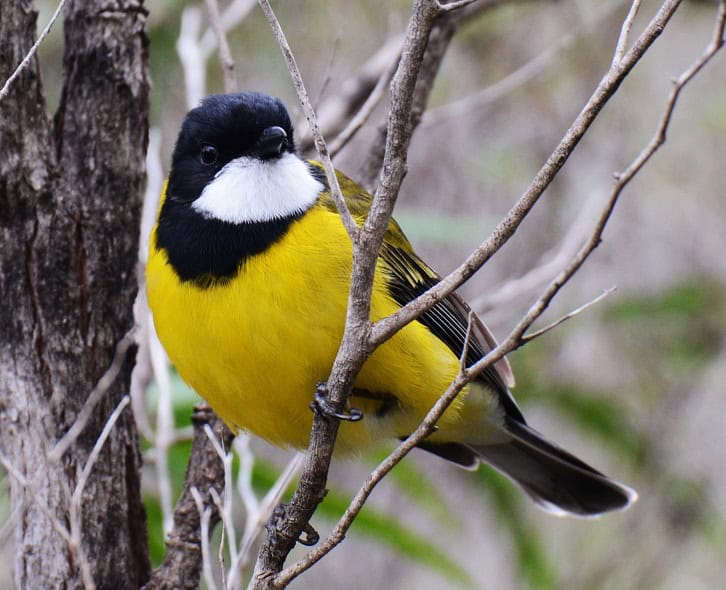
Updated 29 Jan 2023
If you think birdwatchers are a small group of eccentric people who have little or no effect on the economy – guess again.
Birding in the USA
In the United States, birding is a multi-billion dollar industry. Americans spend about $41 billion dollars annually on birding. This includes buying bird food for backyard feeders and buying guidebooks, binoculars, scopes, tripods, etc.
Birding Travel
A whopping 17 to 20 million birders travel to see birds that do not exist near their homes. These people spend about $17.3 billion dollars annually on hotels, restaurants, park admission fees, fuel and other travel-related expenses.
Employment
Birders often hire local guides to help them find those elusive species they want to see.
Camera Equipment
None of this includes camera equipment, but many birders like to go home with photos of their sightings and invest heavily in expensive cameras and long lenses. Camera stores and manufacturers would take a heavy loss if birders were not buying their products.
The Economy
The Rio Grande Valley Birding Festival in Harlington, Texas, is an excellent example of how birders affect the local economy. About 2.5 to three thousand birders attend annually. About 80 to 90 local guides are hired for the occasion. The birders spend about two million dollars over the five-day festival.
Another example is the Black Swamp Bird Festival in Ohio. This event attracted 90,000 people from 52 countries last year. These birders pumped $40 million dollars into the local businesses.
These types of events and guided bird tours take place worldwide. A logger in Ecuador discovered that he could make more money bird guiding and renting rooms than cutting down his trees. And he still has the trees.
So next time you see a bunch of people with binoculars looking for birds, don’t laugh at them. They might be spending a lot of money in your town. Perhaps even in the store or restaurant, or